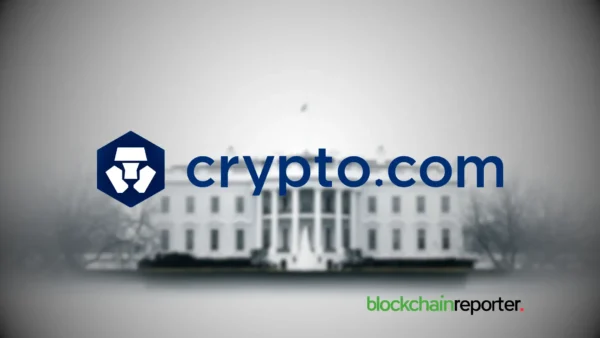
Yield crypto farming is becoming an interesting topic lately adapted by protocols, such as Republic Protocol and Compound protocol. You have probably come across the term “lending protocols.” Well, this is it. Yield farming involves the lending of crypto tokens for interest and fees. If the coin in question gains popularity and appreciates, so does your little investment.
The new coins use this process as a way to gain the coin’s value by growing the number of holders and the general community. You can lend the coins through a dApp, which in turn lends to borrowers for speculation. You as the lender attain interests and other fees.
What is Yam Protocol?
Yam developers describe Yam protocol as “an experimental project combining exhilarating innovations in programmable money and governance.” The yield farming protocol claims to strive for the best DeFi practices, elasticity, and governance,
What does elasticity concerning these tokens mean? The supply of the tokens depends on the inherent demand or lack thereof. For Yam, it targeted one USD for one YAM, its native token. 10% of each supply expansion supposedly goes to yCRV USD stablecoins for the Yam treasury. The Yam community is in control of the decisions regarding the Yam treasury.
The protocol targets decentralized on-chain governance to boost the stability of the ecosystem. Furthermore, it incentivizes the community to take control of the network presently for YAM rewards. Future decisions on development and value fall in the hands of YAM holders.
The Rise and Fall of Yam Protocol 1.0
Yam gained massive popularity within the first few hours of its announcement on August 11. Soon after, millions worth of capital locked into the protocol after a craze by liquidity farmers. The protocol lacks audited smart contracts and gives its community all the cards to determine the stablecoin’s future. The development team behind the protocol advised potential holders on the risks taken while locking their YAM on the liquidity pools.
From a position whereby the coin had no previous value, 500 million USD settled within the protocol spiking YAM prices to over $160 in under 24 hours. It captured the attention of big fish in the crypto world, including BitMex CEO, Arthur Hayes. Yam allowed the staking of different DeFi tokens for YAM rewards, including LEND, COMP, LINK, YFI, SNX, and more.
The glory was short-lived following a rebase bug announced by the team in the morning August 13. This discrepancy caused the collapse of the promising experiment to under $1 further crippling its governance system. The co-founder of Yam Finance, Brock Elmore expressed his anguish following the bug realization. He apologized to the new Yam community and appreciated the support the experiment received. According to the Yam Dev team, they submitted a governance proposal, and cast a vote with additional sufficient votes as they had previously considered. Nonetheless, the rebase bug would interact with the proposal preventing its execution.
A Chance for Redemption
The catastrophe that faces the newly established protocol led to a downward drag for most of the other DeFi tokens. This happened after a price correction in the DeFi market after the rebase bug acknowledgement. The staked coins were not lost but the YAM tokens saw a value drop to zero.
The Yam community stayed hopeful working to regain the attention of masses to bring back the token’s popularity. It dedicated 160,000 to a governance pool to encourage the support of people. Other entities, including CoinGecko, Synthetix, and more rallied in support of the token. Farming of the token further pushed an increase in tokens set aside for the governance pool.
Likewise, the Yam team proposed a migration plan to YAM 2.0. Depending on the votes of the community, the protocol may launch a 2-phase migration plan to audited versions. According to the migration announcement, Yam insisted that it has no intentions to take over the protocol at any point.
What Strategy Lays ahead?
The migration will entail the release of a migration contract through the YAM Deployer address. It will allow holders to burn and mint tokens before a set deadline. YAM 2.0 eliminates rebase and on-chain governance. It aims to integrate off-chain voting to allow decision making on the future of the YAMv2. There will be auditing unlike in the previous version.
The second phase involves the auditing and redeployment of YAMv2 as YAMv3. An additional contract will facilitate the migration of users and upgrade of tokens to the YAMv3. To keep the project afloat, the Yam team promises rewards of lost tokens and bonuses for those who help save the network. The team hopes for more proposals to keep the YAM contracts audited. Overall, it depends on the on-chain decision the community will make concerning this move.








